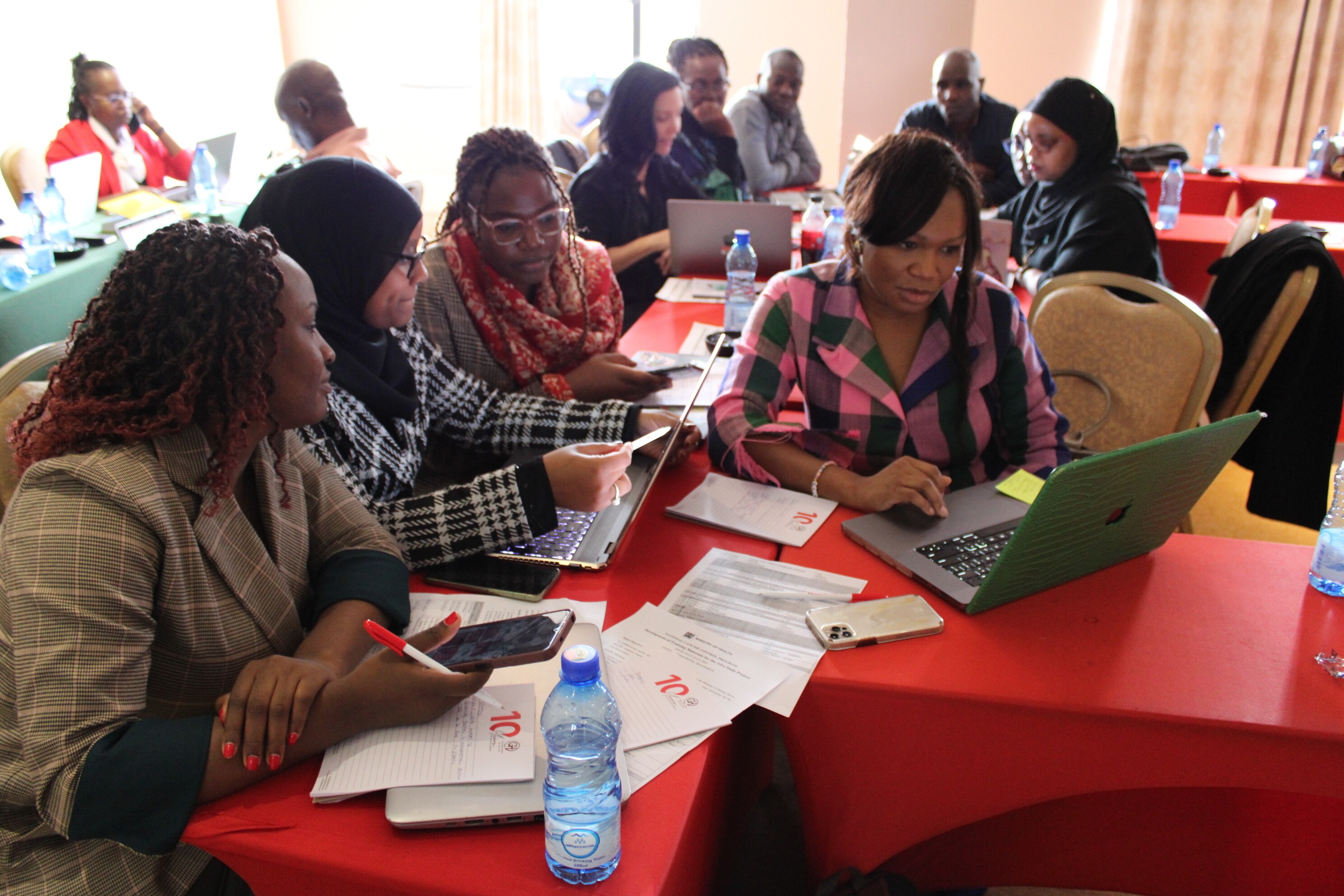This is what women's land rights look like around the world

An office worker is reflected on the roof of a building.
Image: REUTERS/Daniel Munoz
Stay up to date:
Gender Inequality
Women account for nearly half of the developing world's farmers, yet they own far less land than men despite growing evidence that increasing female land ownership can boost food production, education levels and child nutrition.
Women's land ownership can be as low as 10 percent, a survey of 34 developing nations by the United Nations Food and Agriculture Organization (FAO) found.

"When women are empowered and can claim their rights and access to land, leadership, opportunities and choices, economies grow, food security is enhanced and prospects are improved for current and future generations," said Chilean President Michelle Bachelet, who is former head of UN Women.
World Bank officials and other experts are meeting in Washington to discuss ways to improve female land ownership rates.
Here are some facts about women's land ownership:
* Female land ownership rates vary from 11 percent in Senegal to 54 percent in Rwanda and Burundi. Comparable statistics for men's land ownership are 28 percent in Senegal, 55 percent in Rwanda and 64 percent in Burundi.
* Female farmers lack equal rights to own land in more than 90 countries, making it more difficult for them feed themselves and build a secure future.
* Widows in 35 countries do not have equal land inheritance rights.
* In India, about 11 percent of farms are controlled by women.
* More than 29 percent of farms in Botswana, Chile, Georgia Malawi, Panama and Poland are controlled by women, a higher rate than most developing countries.
* Children whose mothers own land are more than 30 percent less likely to be severely underweight than children of women who do not own land.
* Women who own land are up to eight times less likely to experience domestic violence.
* About 60 percent of farmers in sub-Saharan Africa and 70 percent in South Asia are women. Sources: Landesa, Oxfam, U.N. Food and Agriculture Organization
Don't miss any update on this topic
Create a free account and access your personalized content collection with our latest publications and analyses.
License and Republishing
World Economic Forum articles may be republished in accordance with the Creative Commons Attribution-NonCommercial-NoDerivatives 4.0 International Public License, and in accordance with our Terms of Use.
The views expressed in this article are those of the author alone and not the World Economic Forum.
Related topics:
Forum Stories newsletter
Bringing you weekly curated insights and analysis on the global issues that matter.
More on Equity, Diversity and InclusionSee all
Marielle Anzelone and Georgia Silvera Seamans
October 31, 2025
Alex Fergnani
October 14, 2025
Puja Raghavan and Ana Peruci Pansani
October 13, 2025
Xu Qinyi
October 10, 2025
Joan-Paula Bor and Kathleen Schmeler
October 6, 2025






